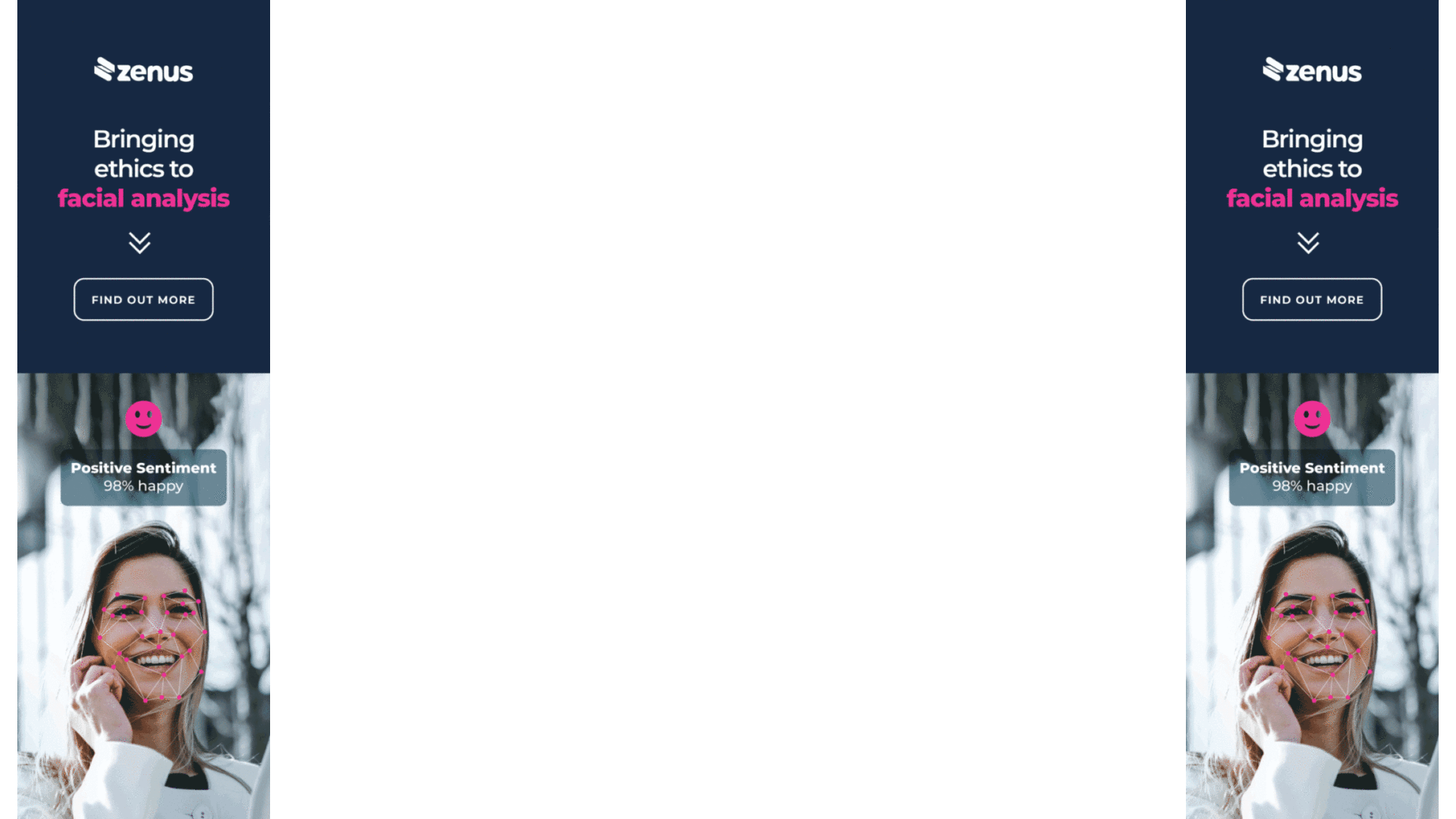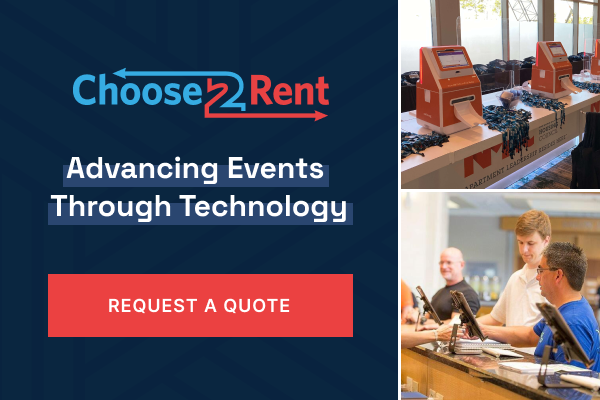
By Sam Allen, Director of Client Services at EPM Agency
In our interconnected, fast-paced world, our daily and sometimes strange experiences, from scrolling through pictures of keto and air fryer recipes on Instagram to ordering your shopping through an Alexa-integrated smart toilet, demand simplicity and immediacy. This intertwined landscape of physical and digital environments has created complex customer journeys across multiple touch points. The norm has become a seamless and easily digestible flow of content that keeps pace with our rapid, ever-evolving interests.
This expectation applies equally to the world of exhibitions and tradeshows. Now, more than ever, creating a connected journey for your audience before, during, and after the event is critical.
The following article explores how you can achieve a connected journey based on my experience working at EPM Agency within the experiential sector.
Engage Across Multiple Touchpoints & Senses
Engagement across multiple touchpoints is the cornerstone of implementing a successfully connected journey. From the pre-show marketing to the live experience, engaging with your audience with a crafted and interwoven message is crucial.
Merging human feelings and digital technologies with physical surroundings is the holy grail. A study by Martin Lindstrom reveals that multi-sensory brand experiences increase customer engagement by over 70%. Researchers also studying the human brain discovered several new ways that senses – especially smell – are tied to memory and emotional experience.
As a result, the boundary between the virtual and physical worlds blur, creating an engaging journey that keeps your audience connected and interested.
Maximise Content Value
Content is an asset. It should be versatile, reusable, and adaptable across all platforms and channels. By recycling content, you can ensure consistency in your messaging while optimising resources. Suppose you spend much of your budget on a new 3D animated brand video. In that case, you must maximise the value by repurposing assets and asking your supplier or in-house team to build assets in such a way that allows you to do so. With the correct approach, one 3D asset can be used for imagery, social media shorts, animated banner ads, newsletters, mixed reality experiences, LED walls and many more examples.
Promote Seamless Cooperation
A connected journey requires a harmonious and coordinated effort from all stakeholders. Vendors, suppliers, and partners must work in unison, each contributing to a cohesive, seamless event experience. Developing effective lines of communication and establishing shared objectives and strategies are key to ensuring a successful collaboration. If one person is dragging their heels or a supplier is not communicating with other suppliers, it will negatively affect the whole delivery.
Connecting the Physical with Digital
The event itself is the apex of the connected journey, a melting pot of physical and digital experiences. Leveraging technology can enrich the physical experience. Interactive screens, live social media feeds, VR/AR experiences, contactless technologies and more can enhance engagement and create a holistic, memorable event journey, but how do these technologies interact with the physical construction and space around the booth?
Designers will often add interactive areas on their booth before knowing anything about the content; this often leads to a poor experience because positioning can significantly influence audience impact. How will you construct the environment so that it’s as captivating to spectators as it is for participants immersed in the mixed reality realm? Acknowledging that not all attendees may feel at ease engaging or lack the time, it’s crucial to design the space to be visually striking and inviting, appealing to a broad audience at the event.
You experience real success by fusing physical and digital worlds, so they work seamlessly together but simultaneously are impressive in their own right.
Pre-event
The scale of exhibitions and tradeshows can vary greatly, but you are always guaranteed to be pitted directly against your competitors. Even if it’s a small venue, you want to ensure your audience is enthusiastic about visiting your booth.
Trade Show Executive’s report states that 92% of trade show attendees come to see and learn about what’s new in products and services (source: Spingo), emphasising the need for comprehensive pre-show promotion to attract attendees.
Your marketing teams will already employ inbound and outbound marketing activities. You will want to utilise every viable platform with a concise campaign message and objective that feeds into the experience at the event. The pre-show marketing team is an essential cog in the machine and should be aware of the connected experience you are looking to deliver.
Create awareness and anticipation by sharing teaser images or videos, subtly revealing product or service features that allude to what the user will experience at the event.
Post-event
The journey doesn’t end when the event does. Follow-ups are essential in solidifying the relationships you’ve cultivated during the event.
According to a Trade Show News Network study, 80% of trade show exhibitors don’t follow up with their leads post-show. But a SalesCycle report found that event follow-up emails have an average open rate of around 45-50%, highlighting the effectiveness of post-event engagement.
This is another opportunity to recycle content; for example, creating an interactive web experience or follow-up email content can be cost-effective if planned from the start. Other effective strategies include personalised thank-you notes, social media shoutouts, engagement surveys, leveraging user-generated content, retargeting campaigns & post-event landing pages, all keep the conversation going and your audience engaged.
Conclusion
In conclusion, creating a connected journey for your audience is more than a nice-to-have; it is a must in today’s interconnected age. The seamless integration of physical and digital touchpoints creates an immersive, engaging, and ultimately, more profitable event experience.
Sam Allen is the Director of Client Services at EPM Agency, a renowned global experiential marketing agency. With a career spanning over 16 years, Sam has honed his expertise in marketing, software strategy, and interactive industries while working at full-service agencies.










